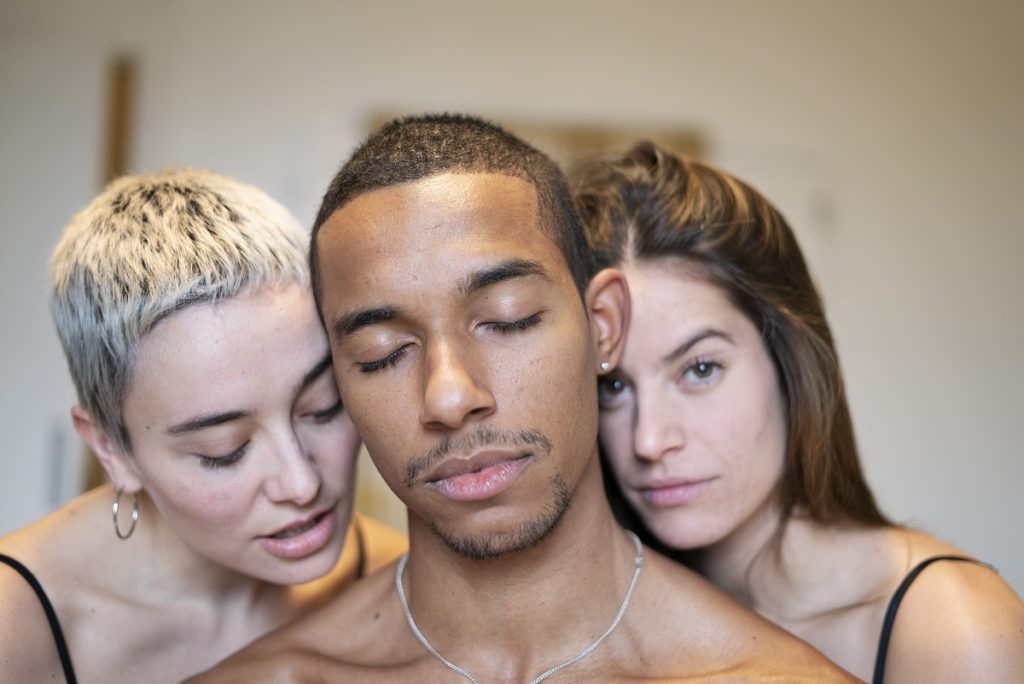
In France, there are between 20,000 and 60,000 transgender people, and every year around 65% of them are victims of discrimination. Indeed, gender stereotypes are an alarming obstacle to true inclusion and encourage discrimination. And yet, like all forms of violence, transphobia must be everyone’s business. Transidentity is the fact of not identifying with the gender assigned at birth. People who identify with the sex assigned at birth are cisgender. And people who don’t identify with the gender they were assigned at birth are called trans. The rest of this article reveals some of the ways in which stereotypes can be broken down to achieve true inclusion.
Understanding gender identity
Gender identity is an integral part of a person’s identity. It refers to the sex with which a person identifies, which may or may not correspond to the sex assigned at birth. To break down stereotypes and promote diversity and inclusiveness, understanding gender identity is vital. Gender identity is a delicate concept, and it’s important to recognize that it goes far beyond the binary classification of men and women. Indeed, gender identity is a personal experience, and each individual expresses it in different ways. Some people may identify with the sex assigned to them at birth, while others may identify with a sex other than that assigned at birth.
The impact of social context on gender identity
The social context plays an important role in the formation and definition of gender identity. From birth, a child is exposed to social norms and expectations associated with his or her gender identity. These norms and expectations can come from a variety of sources, including family, peers, the media and culture. Indeed, the influence of the social context on gender identity can be observed in various aspects of life, including behavior, attitudes and beliefs. To break down stereotypes and promote inclusiveness, it is essential to understand the impact of the social context on gender identity.
Here are some ideas on how social context affects gender identity:
- Gender construction: gender is not a fixed or innate characteristic, but rather a social construction that is made by the social context. Gender is created by social interactions and is constantly changing.
- Gender stereotypes: these are widely held beliefs about things like characteristics, traits and behaviors that are considered appropriate for men and women. Note that gender stereotypes are reinforced by socialization and can have an impact on an individual’s gender identity.

How to break down stereotypes for true inclusion?
Avoid artificially reinforcing the gender assignment of children and teenagers
More concretely, this means not treating children as “girls” or “boys”. This refers to a non-gendered upbringing, with no question of dictating behavior based on their supposed gender. It also means not forcing students to wear different outfits, or to work in single-gender teams or groups. Above all, students’ self-determination must be encouraged. It’s not up to educational staff to decide who’s a boy or a girl, especially as some students identify as neither.
Leaving room for trans-identity to express itself
We can help to reduce the level of violence against trans students and deconstruct the transphobia of others through inclusive discourse, the visibility of trans themes in teaching materials and literature, and through theatrical exercises and role-playing, for example. It’s also important to use epicene and gender-neutral language. Generally speaking, it is essential to approach transidentity as a reality that is part of our society, not to present it in a solely dramatic light, and not to pathologize it by using medical or psychiatric terms. We need to trivialize it, make it part of everyday life.
Individualized support for trans people
It’s important to surround and support a person who comes out of the closet. Sometimes, the family will at least psychologically abuse the person. It’s important for those close to the person to support him or her in very concrete ways. For example, by making it easier to change the person’s first name in everyday documents, by systematically using the right gender when addressing them, and by talking about them even when they’re not around. You can also provide her with material support to buy clothes, accessories, etc. Above all, be alert to any signs of malaise that may appear or worsen.

Deconstructing your own transphobia
We live in a deeply transphobic world. We have a duty to educate ourselves, to read, to listen and to question our own representations and reflexes. We may tend to project many norms onto what trans people are supposed to be or feel. But it’s important to know that the well-being of trans people concerns every human being. That’s why it’s essential to learn about the visibility of the trans community and its importance.
Based on self-definition
It’s crucial to let people define themselves. This means that a person who does not identify with the gender norms given to them at birth is not considered trans until they declare it. Be aware that there are women who correspond more to masculine gender norms and men who correspond more to feminine gender norms (women or men, cis… or trans). For example, butches and queers alike are part of the queer community and are not necessarily trans. It’s not up to us to judge the durability or legitimacy of an identity.
Note that in order to educate, promote inclusion and fight against all forms of transphobia, actions such as the World Day of Transgender Visibility are undertaken. This is a welcome initiative to ensure the well-being and acceptance of trans people in society.







